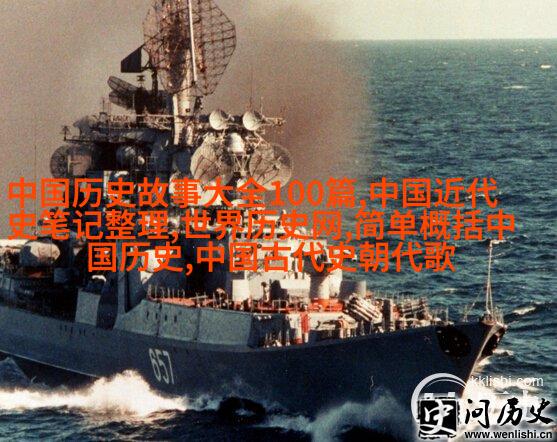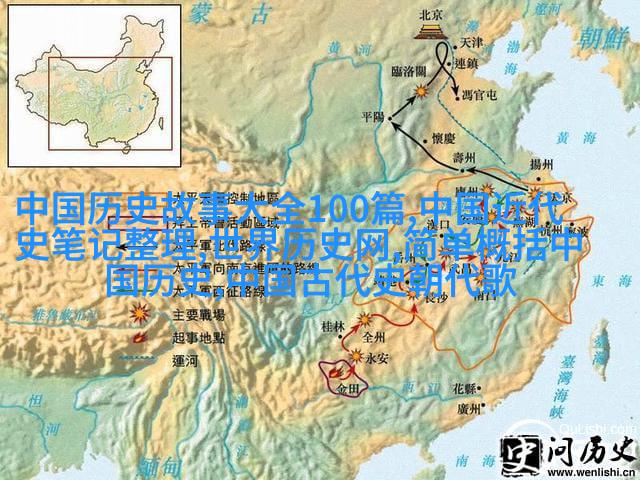古代中国的四大发明:指南针(改变世界航海篇章)

在历史的长河中,哪一项发明最能代表中国智慧的光辉?
在漫长的人类历史进程中,许多发明和成就被世人传颂,但当提及“四大发明”时,无疑是对中华民族科技创造力的极致赞美。其中之一便是指南针,它不仅改变了人们对于方向感知的方式,更深刻地影响了世界航海史。今天,我们将从一个特殊角度——通过一个四年级学生讲述故事的情境,让这段悠久而精彩的历史再次绽放。

如何用简单的话语讲述复杂的故事?
记得那个阳光灿烂的小学课堂,当老师问起“有没有听说过‘北斗星’吗?”这个问题让小朋友们面面相觑。这时候,一位坐在最后面的四年级小男孩站起来,说:“我知道!北斗七星可以帮助我们找到方向。”他的同学们都惊讶地看着他,这个小男孩就是他们班上的好奇宝宝张伟。他继续讲述,他曾经跟随着父亲去乡下探险,那时,他们用天文望远镜观察夜空中的星座,学习使用北斗七星来导航。

古代船民为什么需要更可靠的手段来确定方向?
在古代的时候,没有现代化的地图、GPS设备等工具,人们要想进行远洋航行,就必须依赖于自然现象,比如太阳、月亮和恒星来判断方向。但这些方法并非总是准确无误。在某些情况下,由于天气变化或日月位置变换,甚至季节变迁,都可能导致错误。如果能有一种能够无论何时、何处都能准确指示出前方方向的手段,将会多么神奇?

为何“磁石吸铁”成了解决方案?
早期中国科学家发现磁石具有吸引铁物质这一特性,并且很快意识到这种现象与地球本身有关。他们推断地球内部可能存在一种力量,可以使金属线条朝向它排列,从而产生一种独特的效应——磁场。当时的一位名叫张衡的大科学家,在研究磁性的同时,也注意到了地理坐标之间存在某种联系。他设计了一种装置,用以测量地球表面的这个未知力量,并将其应用于船只定位上。

**如何一步步演变成现在我们所熟悉的指南针?
Zhang Heng, a great scientist in ancient China, invented the first magnetic compass. He observed that lodestone (a naturally magnetized piece of iron ore) could attract small pieces of metal. From this observation, he deduced that the Earth itself might have a similar effect on lodestones.
He created a device called "the armillary sphere," which was used to measure the force of the Earth's magnetic field. By attaching a small lodestone to one end of an axle and balancing it with another piece at the other end, Zhang Heng was able to create an early prototype of what would later become known as the compass.
The principle behind his design is still used today: when placed near lodestone or magnetized material, objects can be attracted by its magnetic field.
This invention revolutionized navigation and exploration by providing mariners with a reliable way to determine direction without relying solely on celestial bodies.
Over time, improvements were made to make it more portable and practical for use at sea.
How did this simple tool change history? Let us continue our story...




